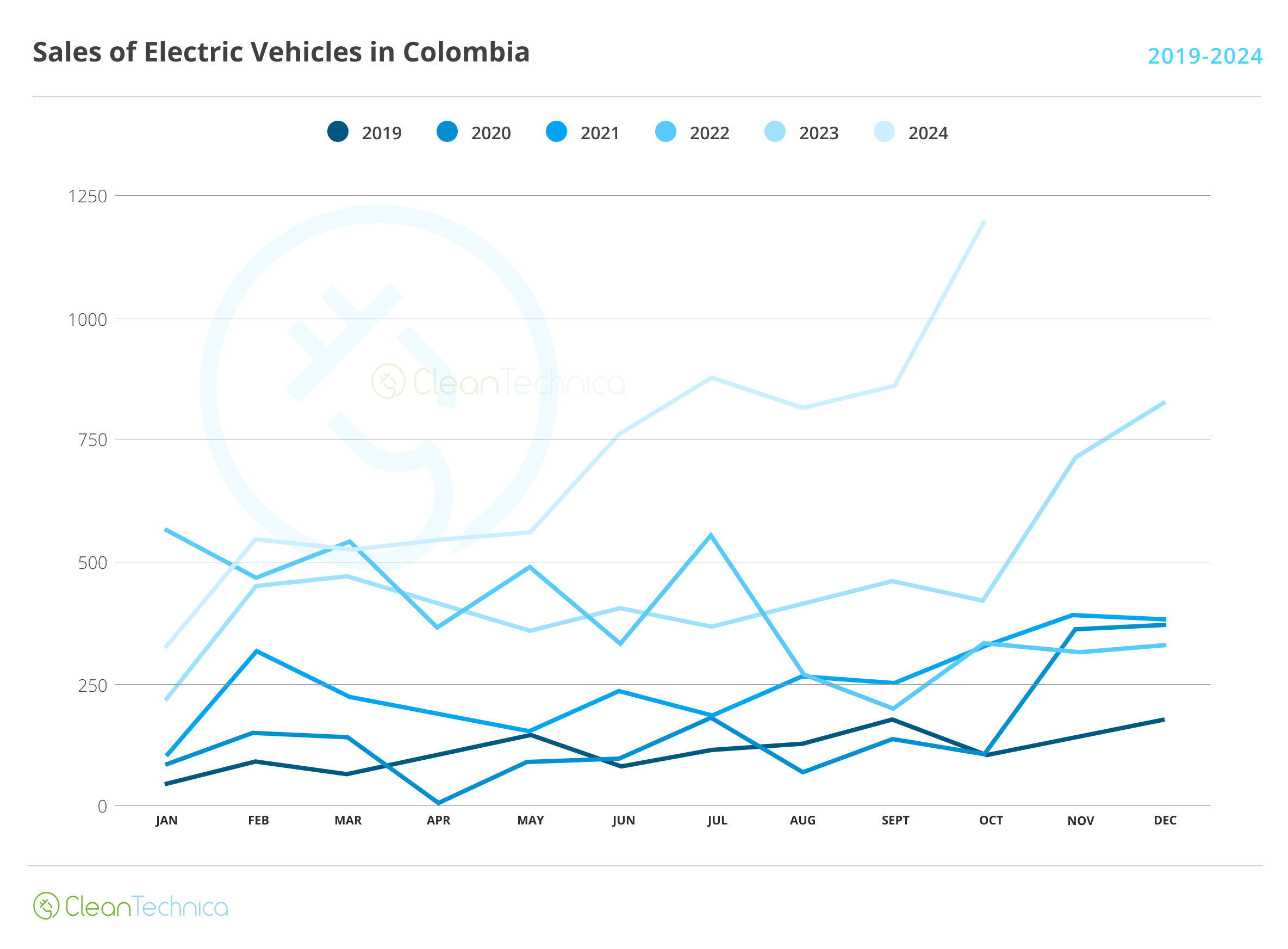Cortex Smartdrill’s Machine Data Provider is bringing critical real-time insights from below the surface.
As underground mining continues to push deeper, the need for smarter and cost-effective solutions is ever more vital.
This is where Cortex Smartdrill, a leading telemetry data analytics provider, can help.
Western Australia-based with distributors nationwide and internationally, Cortex Smartdrill believes the key to efficient mining operations is harnessing real-time data in a seamless, reliable and affordable manner. Its Machine Data Provider (MDP) is a rugged, original equipment manufacturer (OEM)-agnostic telemetry and data acquisition system designed to capture, process and deliver high-value operational information from mobile mining equipment in real-time.
“It works by interfacing with OEMs’ machine control systems and sensors to collect data on performance, usage, health and operator inputs,” Cortex Smartdrill executive general manager Mike Lane told Australian Mining.
“This data is then processed locally on the edge device and securely transmitted to cloud or site-based, user-configurable dashboards for use by production teams, maintenance planners, data analysts and management, enabling faster, evidence-based decisions.”
Built with a modular design and plug-and-play retrofit capability, the MDP was originally developed for surface drill rigs; however, the system can now be installed on any piece of underground equipment, including load haul dump trucks (LHDs), drill rigs, loaders, and service and utility vehicles – all without disrupting existing control systems or costly customisations.
“Retrofitting the MDP to underground equipment is remarkably straightforward,” Lane said.
“Installation typically takes less than a shift and does not require OEM intervention nor affect their warranty, making it ideal for operations looking to digitise their fleet without replacing equipment.”
When adapting the MDP for underground use, Cortex Smartdrill considered challenges such as limited and inconsistent connectivity, space constraints, and equipment vibration.
“The MDP addresses these challenges with compact industrial-grade hardware, compressed data files, intelligent store-and-forward logic for offline operation, and a low-impact footprint for confined cabins,” Lane said. “It’s designed to withstand harsh underground conditions while maintaining full data logging and transmission capability, even in disconnected or mesh-network environments.”
Using a store-and-forward mechanism to cache data locally until a wireless network connection is available, the MDP logs all machine activity, operator inputs and system alerts. It also includes optional machine video streaming.
“Once in a network node range, the system synchronises data automatically without human intervention, ensuring no data is lost and insights remain timely and actionable, even in highly segmented or intermittently connected underground zones,” Lane said.
The gathered data is accessible via secure dashboards tailored to maintenance crews, shift supervisors, operations managers, and head office analysts. The information can then be used to prepare and streamline
shift reports, service logs and safety reviews,and to schedule maintenance interventions before equipment failures take place.
This not only saves time and operating costs but increases productivity, reduces unplanned downtime, and enhances safety compliance and equipment life and scheduling.
“In a recent deployment, a client operating both surface and underground rigs used MDP data to identify excessive non-productive time, providing data-backed evidence to trial and implement effective changes,” Lane said.
“If you can measure it, you can control it.
“By adjusting operator practices and rescheduling maintenance based on real machine hours rather than assumed usage, the site increased equipment availability by 11 per cent and reduced fuel costs by over $150,000 annually.
“The same dashboards also highlighted a training gap in one shift, leading to targeted coaching that improved performance within two weeks.
“Adjustments to processes and targeted operator training led to a five per cent throughput increase and over $150,000 in annual fuel savings.
“Maintenance intervals were also optimised, extending component life and reducing unplanned repairs.”
With several underground operations still relying on manual reporting, Lane believes there’s a gap in scalable, retrofit user-friendly telemetry solutions that provide real operational insights across mixed OEM fleets.
“Many mines lack visibility into what their equipment is actually doing – especially in underground operations – and relying instead on assumptions or delayed manual reporting,” Lane said. “The MDP closes this gap by delivering real-time, machine-level visibility without requiring a full systems overhaul for all makes and models of plant on a single platform.
“As mining increasingly seeks low-cost digital transformation and automation-readiness, the ability to deploy MDP across legacy and new equipment alike is a significant strategic advantage.”
Looking to the future, CORTEX Smartdrill is focused on expanding the MDP by including advanced modules for machine-learning-based predictive maintenance, precision tramming analytics, operator behaviour scoring, and dynamic shift benchmarking.
Also on the agenda is integration with ventilation-on-demand systems and energy optimisation tools, which is expected to help MDP users reduce their carbon footprint while maintaining productivity levels.
“We’re also developing plug-in capability for environmental and geotechnical sensors, enabling a unified view of machine health and ground conditions on a single platform,” Lane said.
“As the industry moves toward autonomous operations, CORTEX Smartdrill is ensuring the MDP becomes a foundational enabler by collecting, contextualising and acting on data at the source.
“Our vision is to provide underground mines with the same level of visibility, control and continuous improvement that our surface clients enjoy today – without the need to overhaul their fleets or infrastructure.”
This feature appeared in the September edition of Australian Mining.




